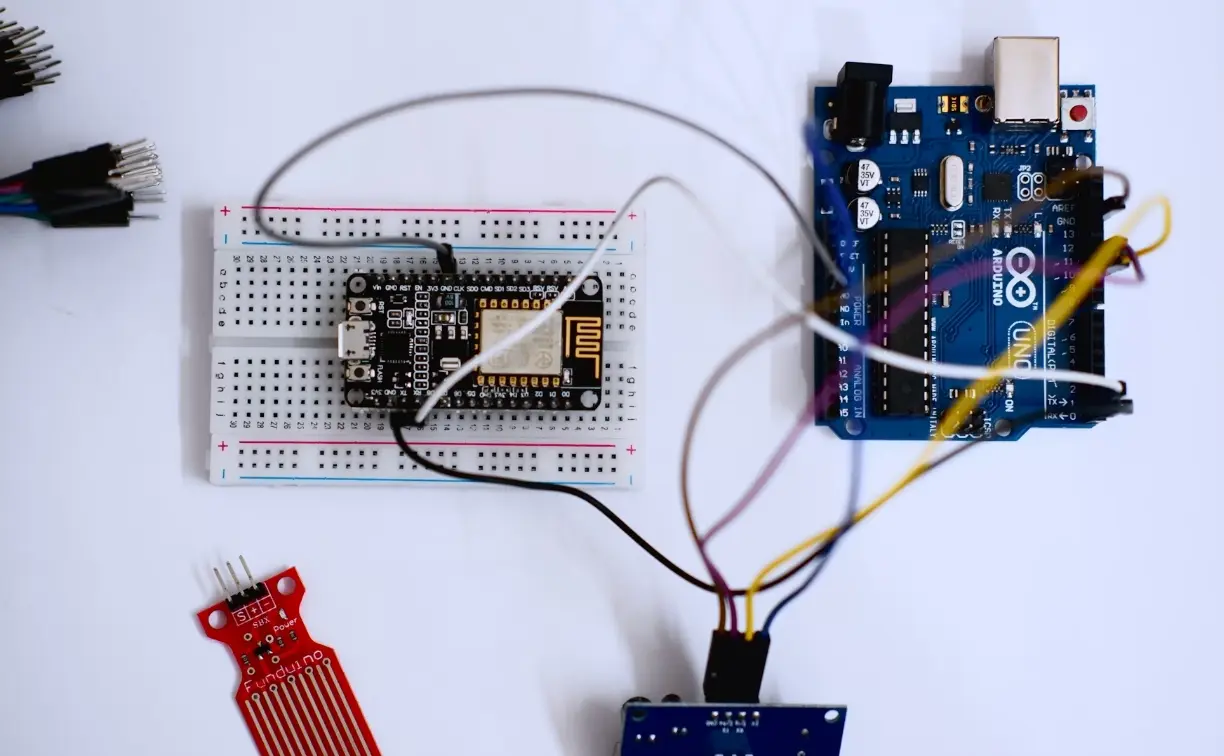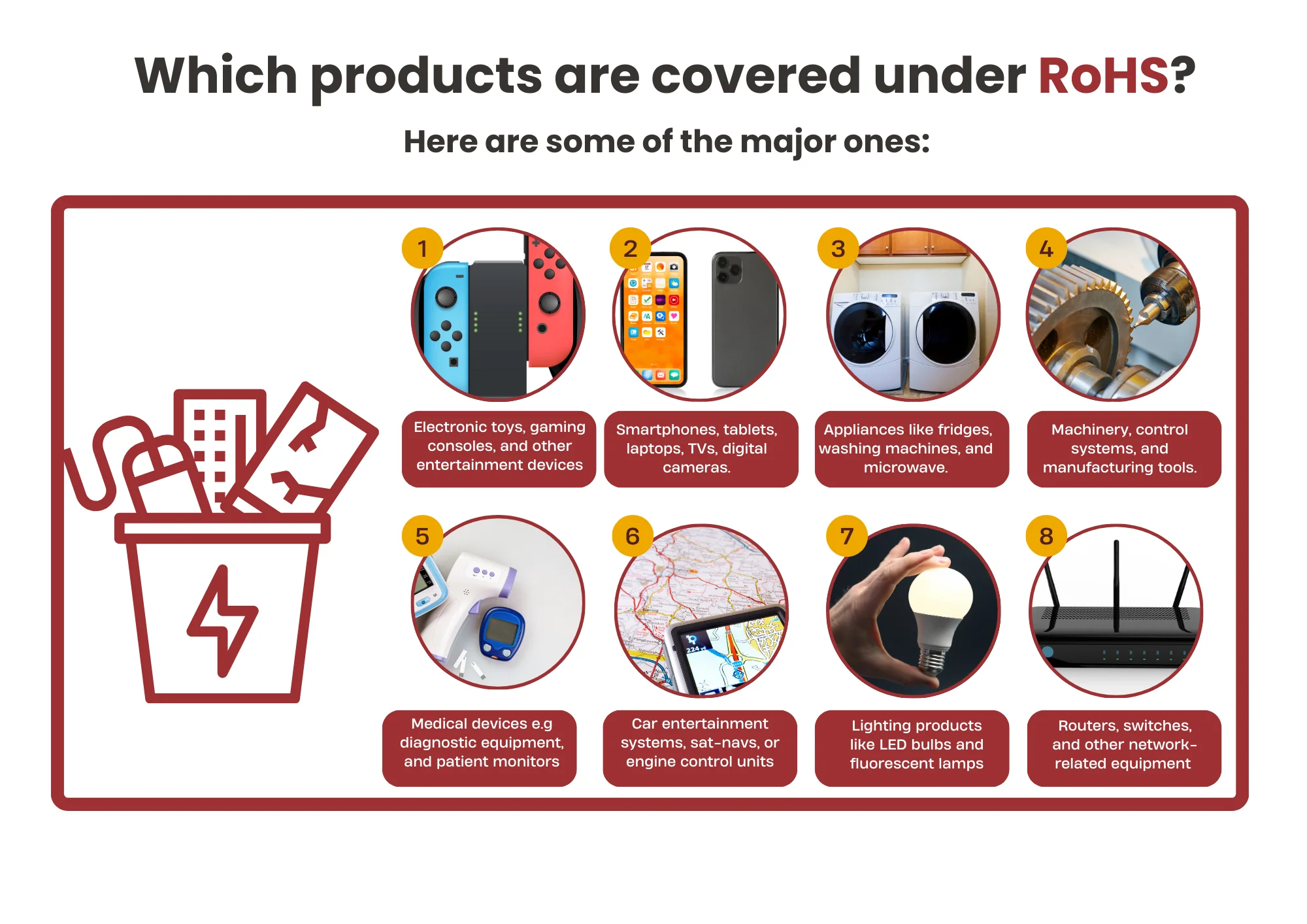
How to get an IEC/EN 60529 Test Report?
Dust and Water Protection Testing Requirements
Products requiring protection against solid objects (e.g., arms, fingers, metal rods, metal wires, dust) or liquids (e.g., water) must comply with the IEC/EN 60529 standard. This standard specifies the testing equipment, methods, duration, and compliance criteria for dust and water ingress protection.
The full name of IEC/EN 60529 is "Degrees of Protection Provided by Enclosure (IP Code)." The IP (International Protection) Code represents internationally recognized protection levels. While widely adopted, the United States and Canada still use their national standards, such as UL50 and CSA.
In most IEC or EN product standards, dust and water protection requirements are modified based on IEC/EN 60529 to meet specific product needs. Examples include:
- IEC/EN 60598 (Lighting products)
- IEC/EN 60335 (Household appliances)
- IEC/EN 60558 (Power supply standards)
- IEC/EN 60950 (Information technology equipment)
Applications Requiring Dust and Water Protection
Products that often require dust and water ingress protection are commonly used outdoors or in humid environments. These include lighting fixtures, advertising displays, air conditioning products, bathroom accessories, washing machines, swimming pool equipment, sauna products, aquarium devices, power supplies for the above products, and even information technology equipment, which increasingly emphasizes dust and water protection.
Understanding the IP Code
The IP Code consists of four parts: IP N1 N2 Y Z.
- First digit (N1): Represents protection against solid objects (dust) and can be 0, 1, 2, 3, 4, 5, 6, or X.
- Second digit (N2): Represents protection against liquids (water) and can be 0, 1, 2, 3, 4, 5, 6, 7, 8, or X.
- Additional letter (Y): Indicates extra protective conditions and can be H, M, S, or W.
- Additional letter (Z): Specifies protection against hazardous parts and can be A, B, C, or D.
Protection Against Solid Objects (First Digit - N1)
- 0: No protection required.
- 1: Prevents the entry of objects with a diameter of 50mm or larger (applies 50N force).
- 2: Prevents the entry of objects with a diameter of 12.5mm or larger (applies 30N force).
- 3: Prevents the entry of objects with a diameter of 2.5mm or larger (applies 3N force).
- 4: Prevents the entry of objects with a diameter of 1.0mm or larger (applies 1N force).
- 5: Provides dust protection in a controlled chamber, with or without negative pressure.
- 6: Fully dust-tight enclosure, tested with negative pressure.
- X: Not specified.
Protection Against Liquids (Second Digit - N2)
- 0: No protection required.
- 1: Protects against vertical dripping water (1mm/min for 10 minutes).
- 2: Protects against dripping water when tilted at 15° (3mm/min, 2.5 minutes per surface).
- 3: Protects against spraying water at a 60° angle (0.07 L/min per nozzle, 10 minutes).
- 4: Protects against splashing water from any direction (0.07 L/min per nozzle, 10 minutes).
- 5: Protects against water jets (12.5 L/min for 1 min/m², at least 3 minutes).
- 6: Protects against strong water jets (100 L/min for 1 min/m², at least 3 minutes).
- 7: Protects against short-term immersion (15cm above or 1m below water surface, 30 minutes).
- 8: Protects against continuous immersion (test conditions are stricter than IPX7, longer than 30 minutes).
- X: Not specified.
Post-Test Compliance Criteria
If the product standard does not specify otherwise, the general compliance criteria are:
- IP5X Dust Test:
- Talcum powder should not accumulate or enter in a way that affects product operation or safety.
- No reduction in creepage distance that compromises safety.
- IP6X Dust Test:
- No dust should enter the enclosure.
- IPX1-IPX6 Water Tests:
- Normal operation must not be affected.
- No risk to product safety.
- No water should reach live parts or unprotected coils.
- No water accumulation at cable terminals or inside cables.
IEC/EN 60529 Testing Process
1. Obtain a test quote from a China JJR laboratory.
2. Sign the contract, make the payment, and send the sample.
3. The laboratory conducts the test.
4. Receive the electronic report for customer confirmation.
5. The formal test report is issued.
Email:hello@jjrlab.com
Write your message here and send it to us
 What is the IEC 60598 Standard?
What is the IEC 60598 Standard?
 What is the Canada IC Logo?
What is the Canada IC Logo?
 EMC Pre Compliance Testing
EMC Pre Compliance Testing
 PAHs Testing (Food and Textile)
PAHs Testing (Food and Textile)
 Where to Apply for the EU RoHS Test Report?
Where to Apply for the EU RoHS Test Report?
 Children’s Products and Toy Testing
Children’s Products and Toy Testing
 What is a GB 31701 Test Report?
What is a GB 31701 Test Report?
 UN 38.3 Transportation Test
UN 38.3 Transportation Test
Leave us a message
24-hour online customer service at any time to respond, so that you worry!




